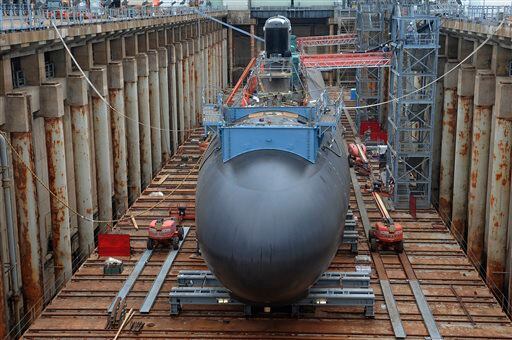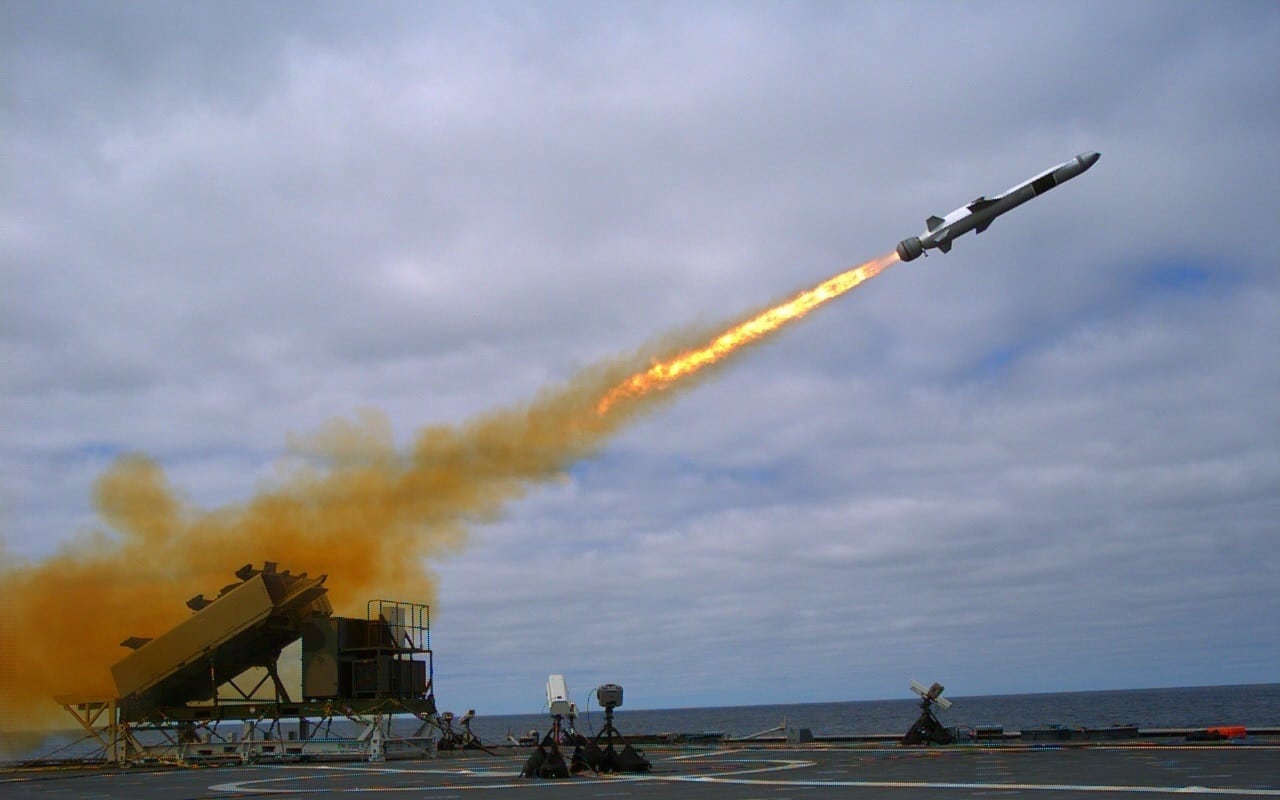If you listened to the annual earnings calls of the major, public defense companies (wait, does everyone not do that?) then you might have noticed a common theme.
They’re all going to have more cash. And a lot of them have similar plans for how to spend it.
One of the advantages of the tax reform law was to trim the corporate tax rate from 35 percent to 21 percent, which, in the words of Lockheed Martin’s CEO Marillyn Hewson, “reduces the combined U.S. corporate tax rate from the highest in the industrialized world, in line with the tax rates used in the most advanced economies.”
In the short term, most companies experienced a little bit of hurt by way of a one-time non-cash increase to income tax expense; it showed in earnings, with some falling short of guidance. But the advantages will certainly kick in starting next year.
So then what do companies have in mind? The idea behind the corporate tax cuts, if you ask the Trump administration, was jobs. And longer term, that conceivably will happen among the defense companies. But first, the money is going to other things. And generally speaking, the biggest recipient of cash infusion happens to be pension plans.
RELATED

If pensions seem “so 1990s,” it’s because they kind of are. Most companies froze them a decade ago or longer. But that didn’t eliminate the liability that comes with having to reserve funds for paying out retirement to the many individuals that already have built up those nest eggs. For years, that liability has been an enormous drag on the books for companies, particularly those that have been around for a long time (meaning just more obligations).
So it’s understandable then that Lockheed would decide to make a whopping $5 billion cash contribution into its pension trust in 2018, satisfying required payments until 2021. It also explains Raytheon’s contribution of $1 billion, Northrop’s $500 million and Harris’ $300 million, to just name a few more.
RELATED

But here’s what’s interesting about pension liability — and bear with me here, since it’s complicated and I’m not a financial expert: Liability is so high because interest rates are low, and interest rates are used to calculate long-term obligations. Because pension payouts run so far into the future — 60 to 70 years to cover the lifespan of all participants — a company’s plan must predict how much it needs in the short term to cover future payments. That’s done by using an assumed discount rate based on the interest rate of fixed-income securities. Make sense? Put simply: The lower the discount rate, the higher the assumed pension obligation.
Of course, that very reason makes pension liabilities “artificially high,” in the words of Lockheed CFO Bruce Tanner, when he was kind enough to walk me through all this in 2012. I remember this statistic being quite telling: If the interest rate increased to 7.75 percent at that time, Lockheed’s unfunded liability of $12.78 billion in 2012 would have suddenly become zero. Rates have remained low, so pension liability has remained high.
So then what’s the point? If pension liability is something of a false drag on the books, and if we all assume that interest rates will eventually rise, then couldn’t this newfound infusion of cash be better spent elsewhere — acquisitions, research and development? Executives assured investors that too was happening — if not now, then soon.
Lockheed said it’s exploring such things as employee training and educational offerings, increasing charitable contributions in STEM, and increasing the company’s ventures investment fund for early-stage companies developing disruptive tech. And Harris will invest $20 million in technologies to accelerate innovation and affordability efforts for customers, also granting each of its roughly 17,000 nonexecutive employees 10 shares of Harris common stock. That brings a current market value of about $1,470 each, or approximately $24 million in total.
So other investments are happening. It’s also important to consider that companies are using the tax cut windfall to front-load pension contributions before tax rates fall from 39.6 percent to 37 percent. Getting the most for their contribution, so to speak. That makes particular sense amid chatter mentioned by Richard Safran of Buckingham Research Group on an earnings call that the Pentagon might look to claw back some portion of the tax benefit from defense companies either by renegotiating existing contracts or re-pricing items on future ones.
Short-lived benefits? Too soon to tell, but better to take advantage now.
Jill Aitoro is editor of Defense News. She is also executive editor of Sightline Media's Business-to-Government group, including Defense News, C4ISRNET, Federal Times and Fifth Domain. She brings over 15 years’ experience in editing and reporting on defense and federal programs, policy, procurement, and technology.








